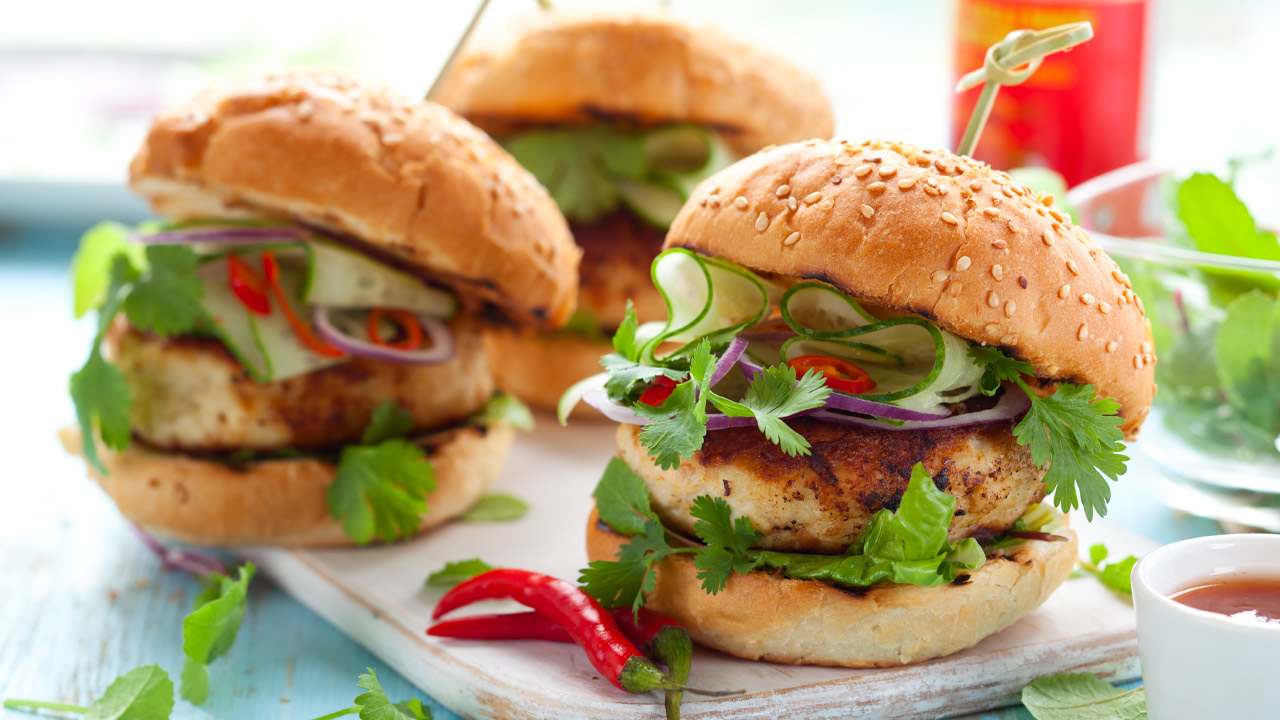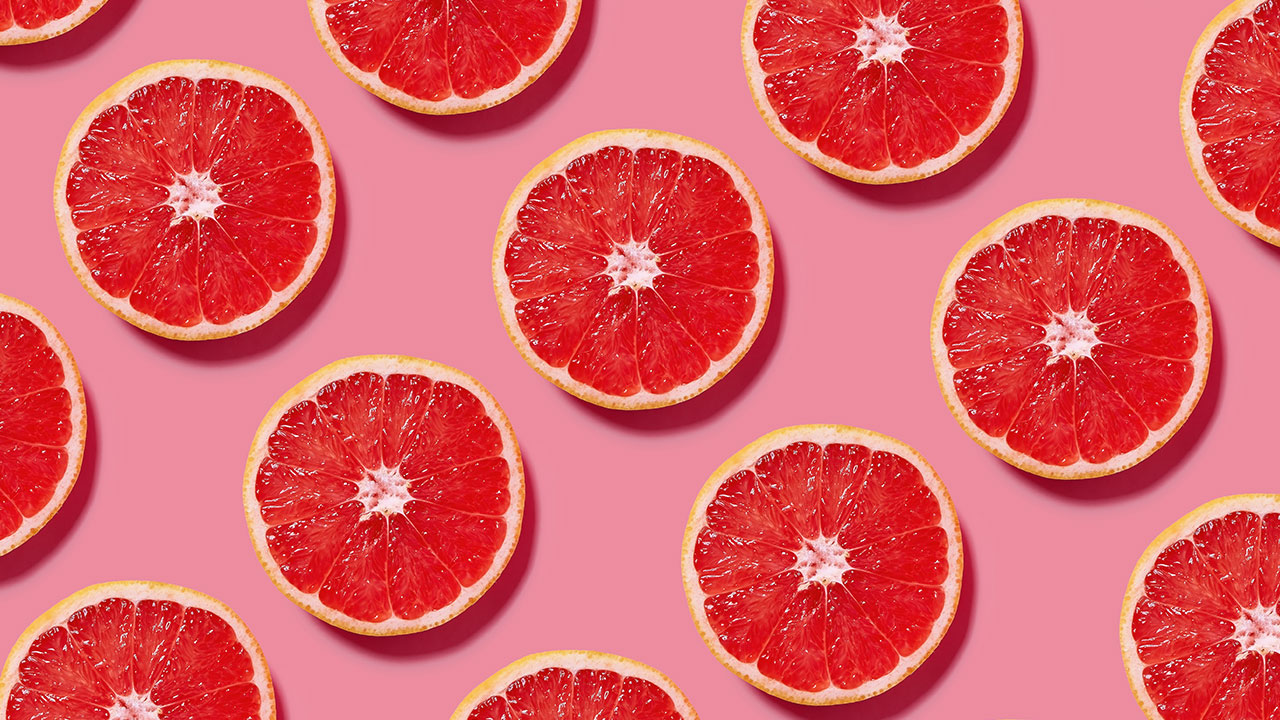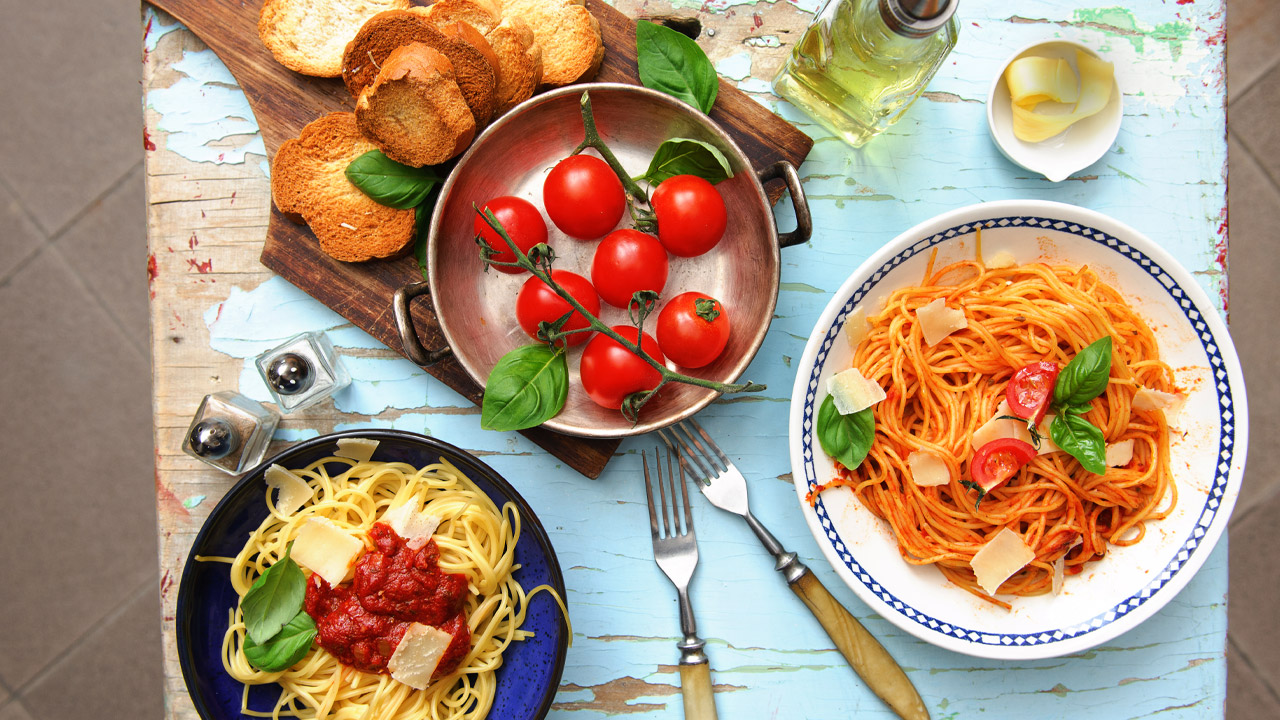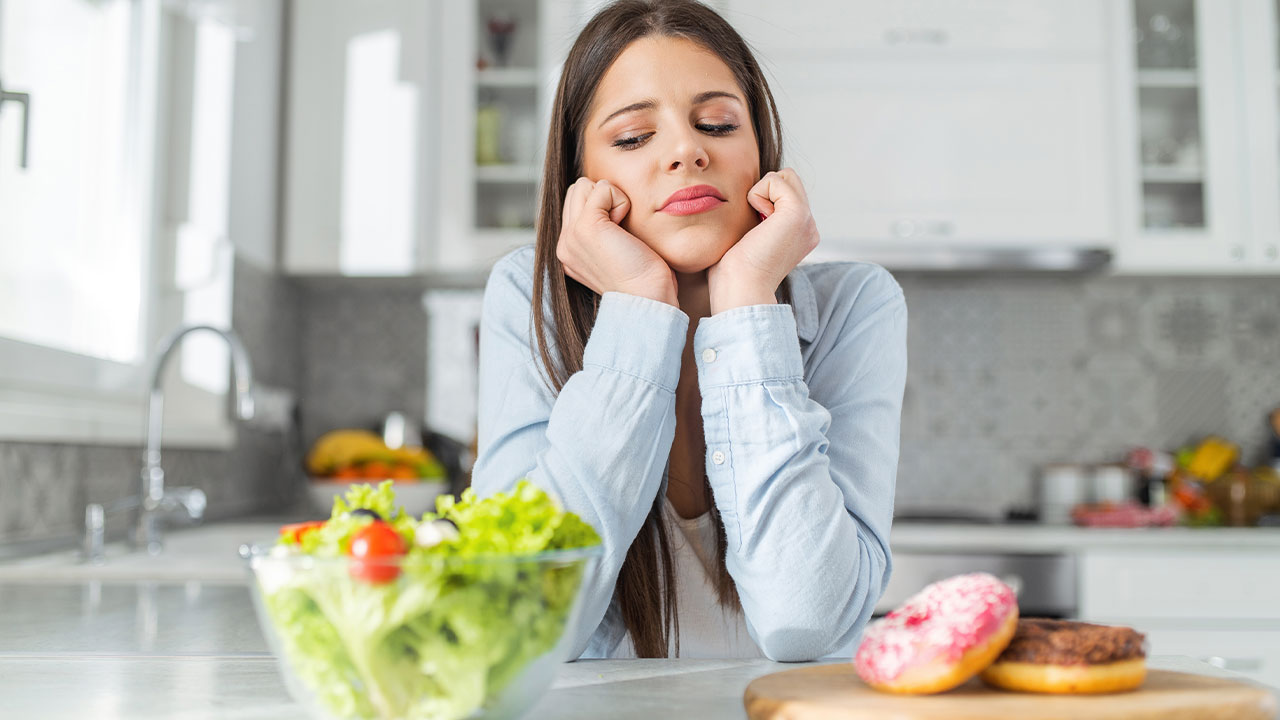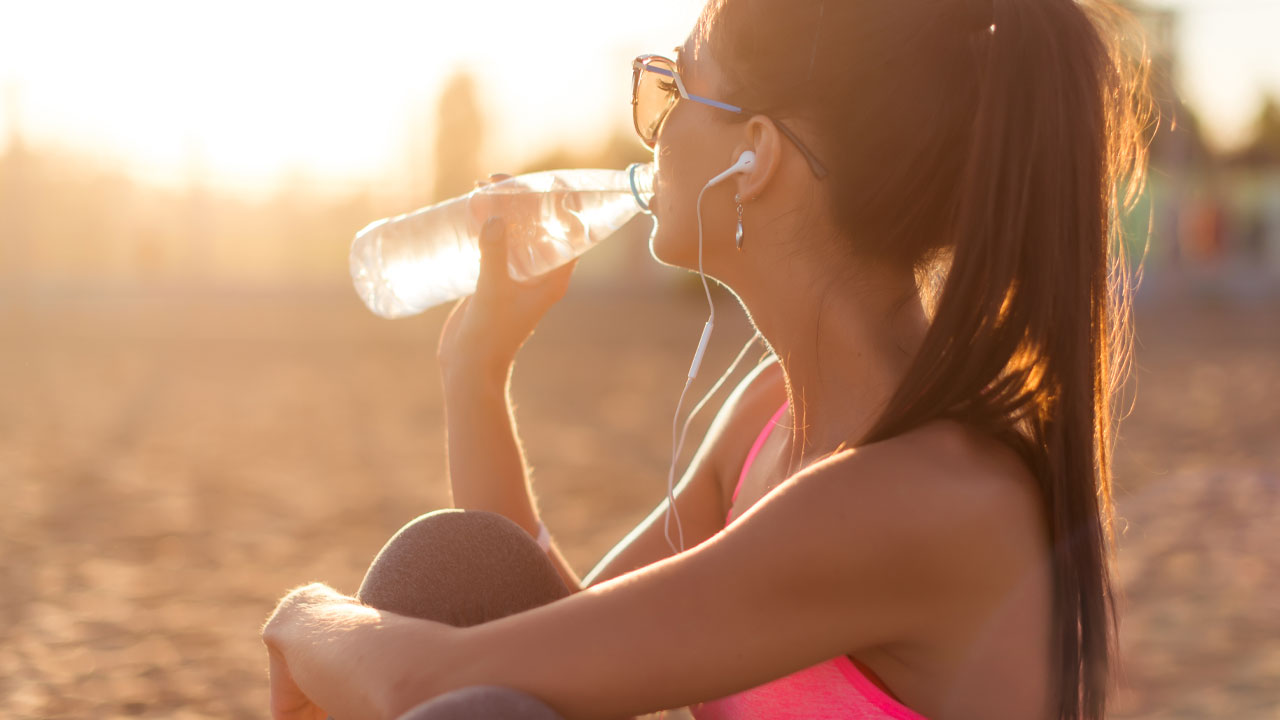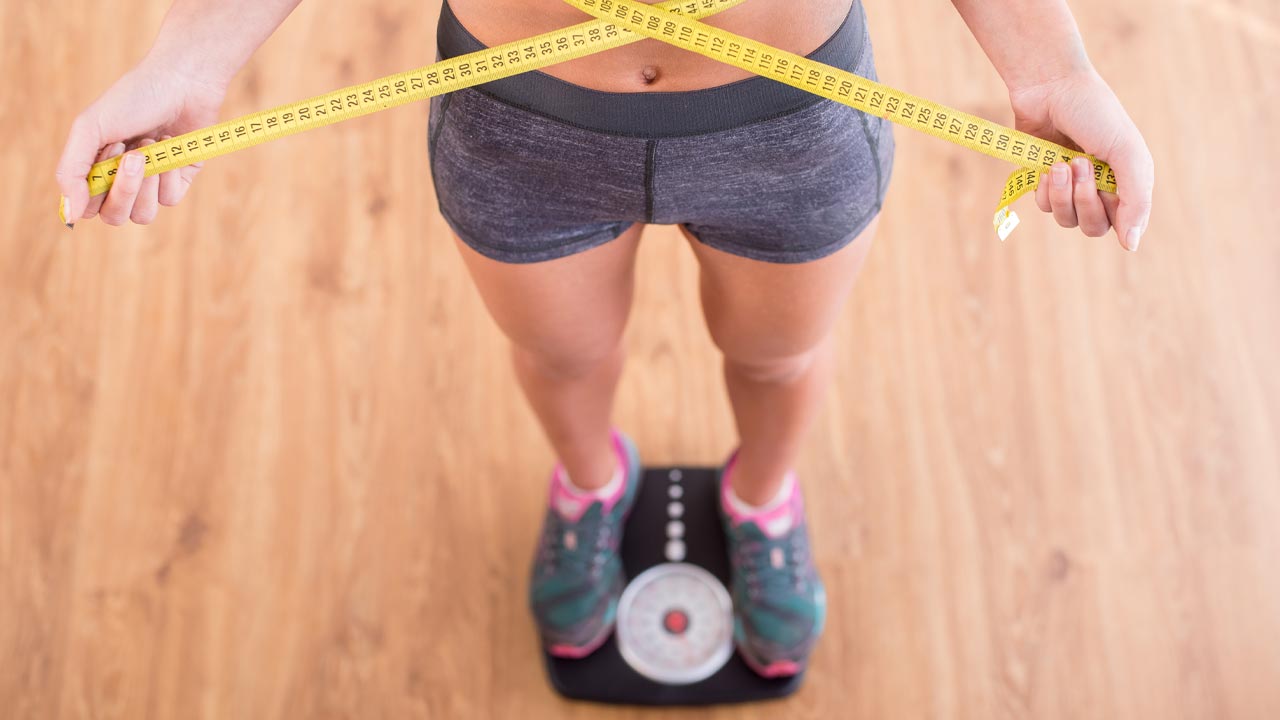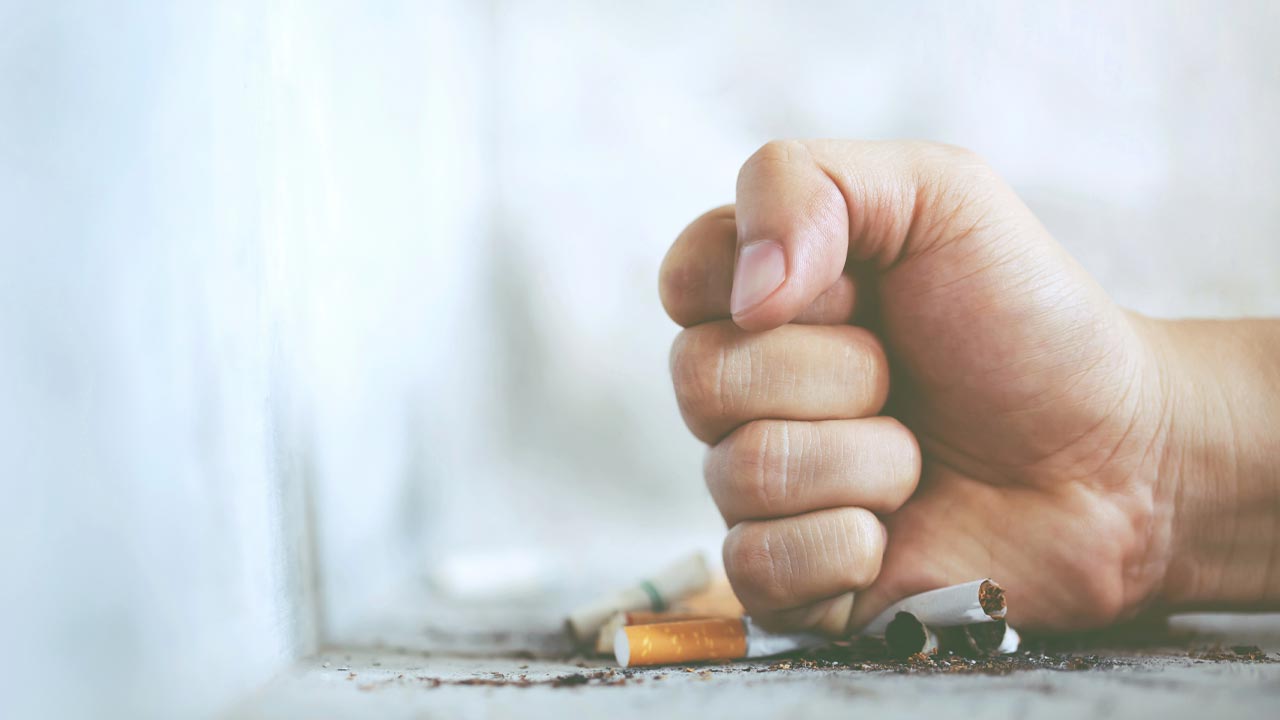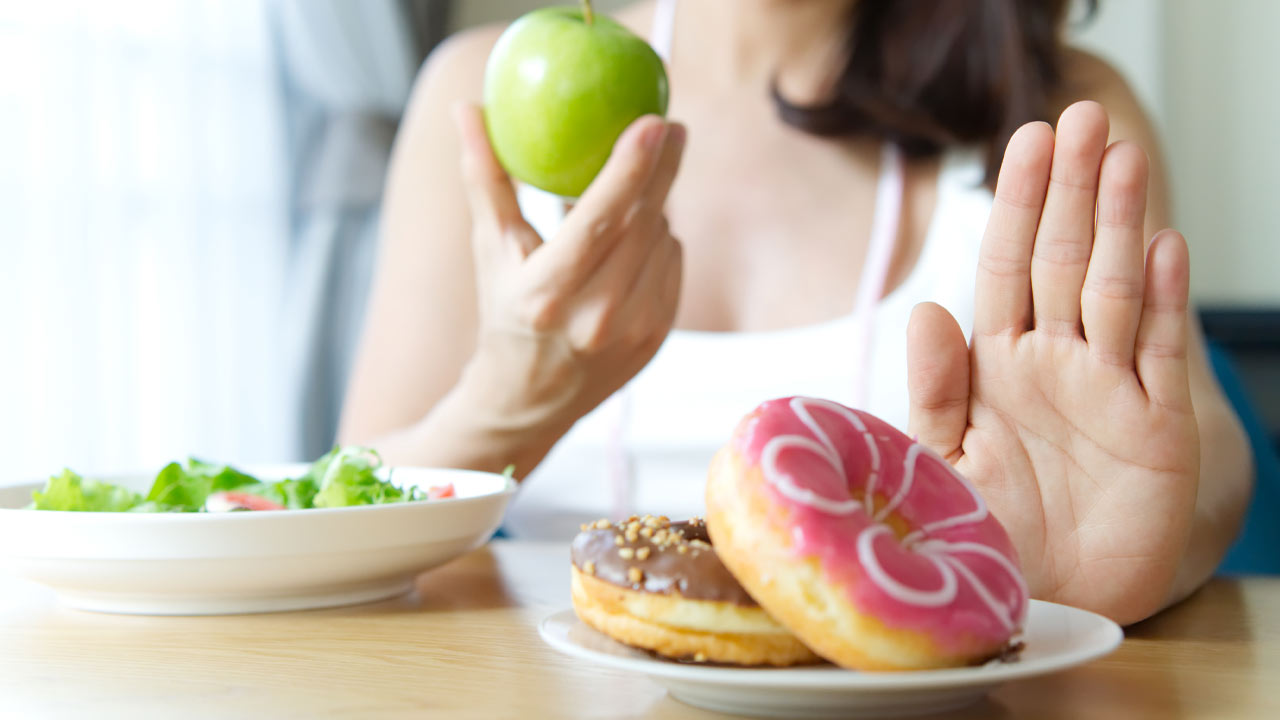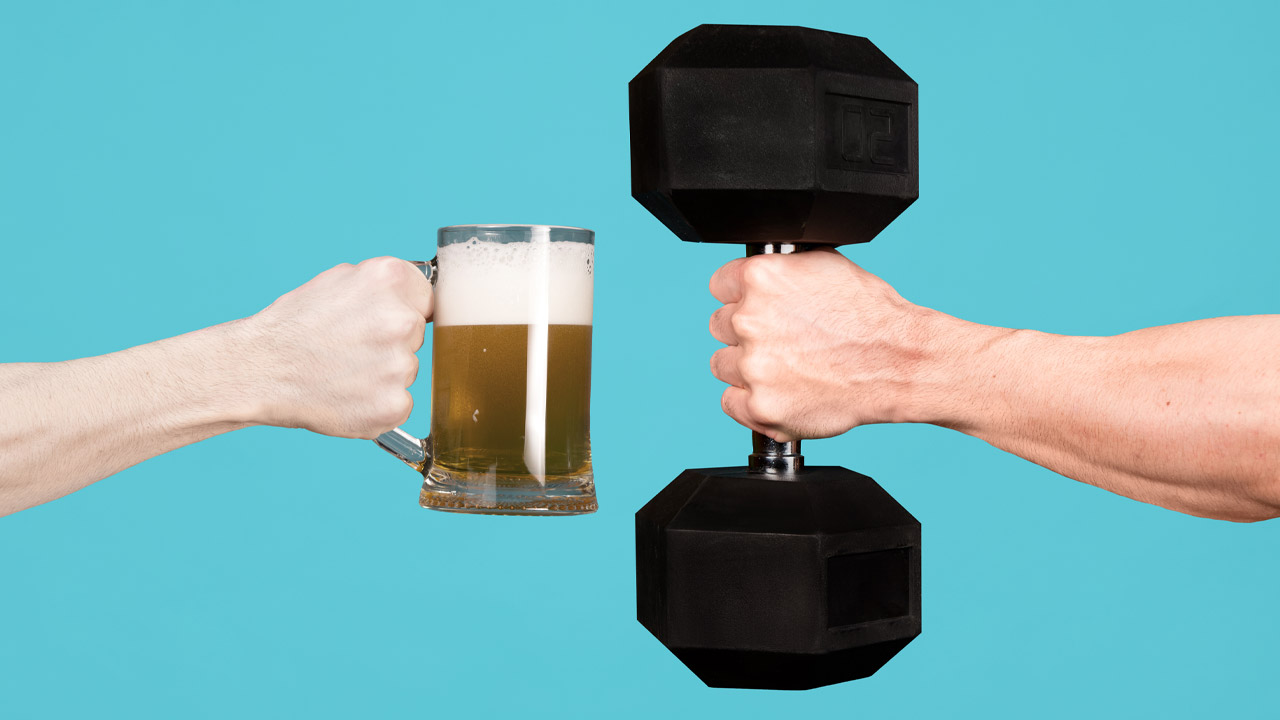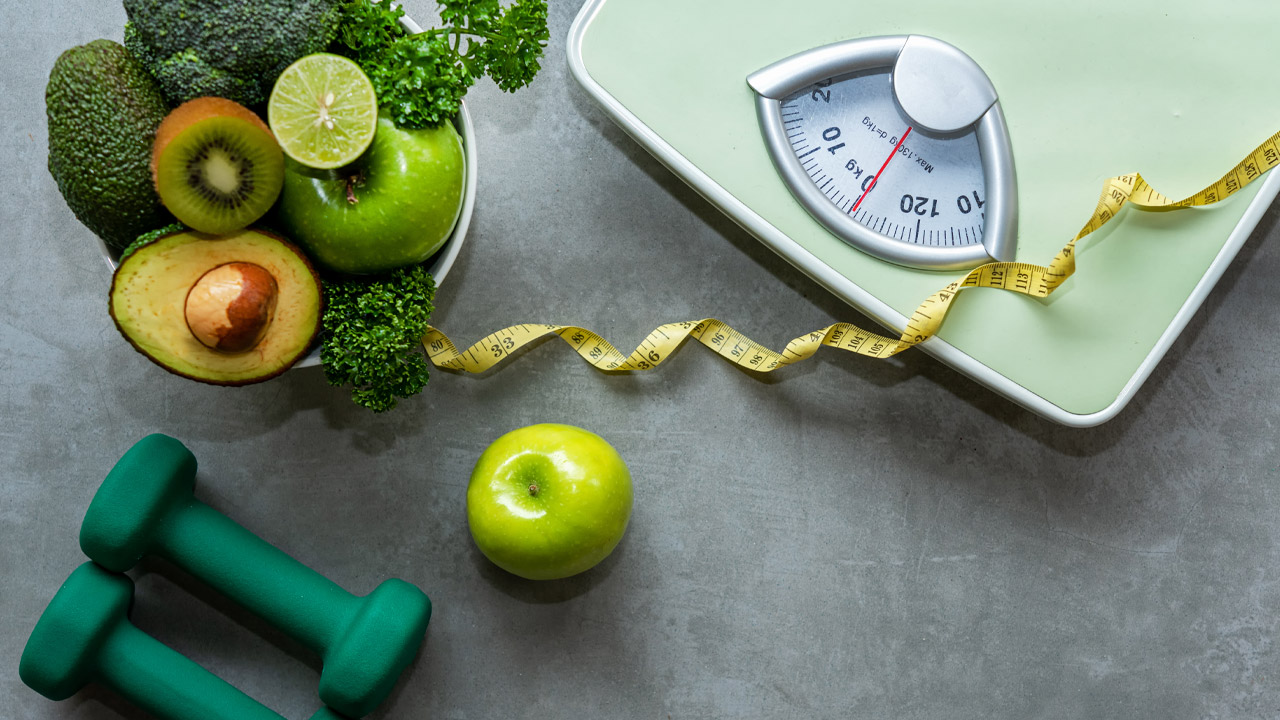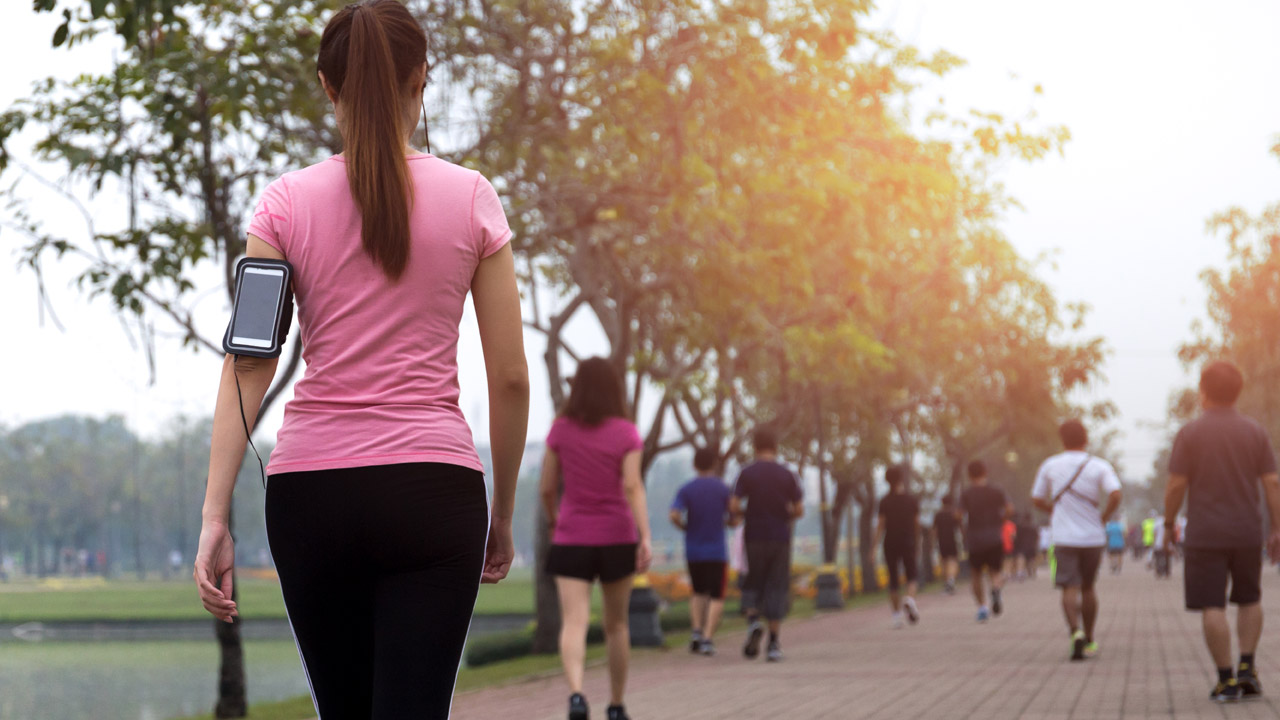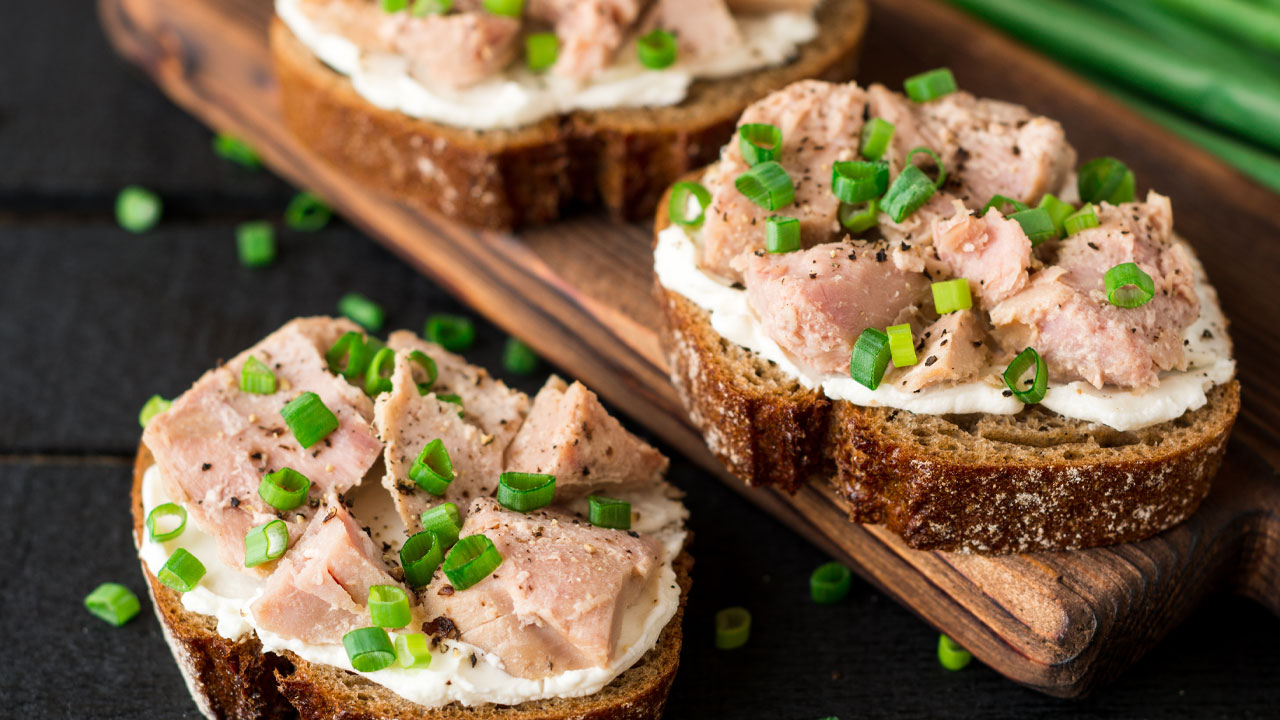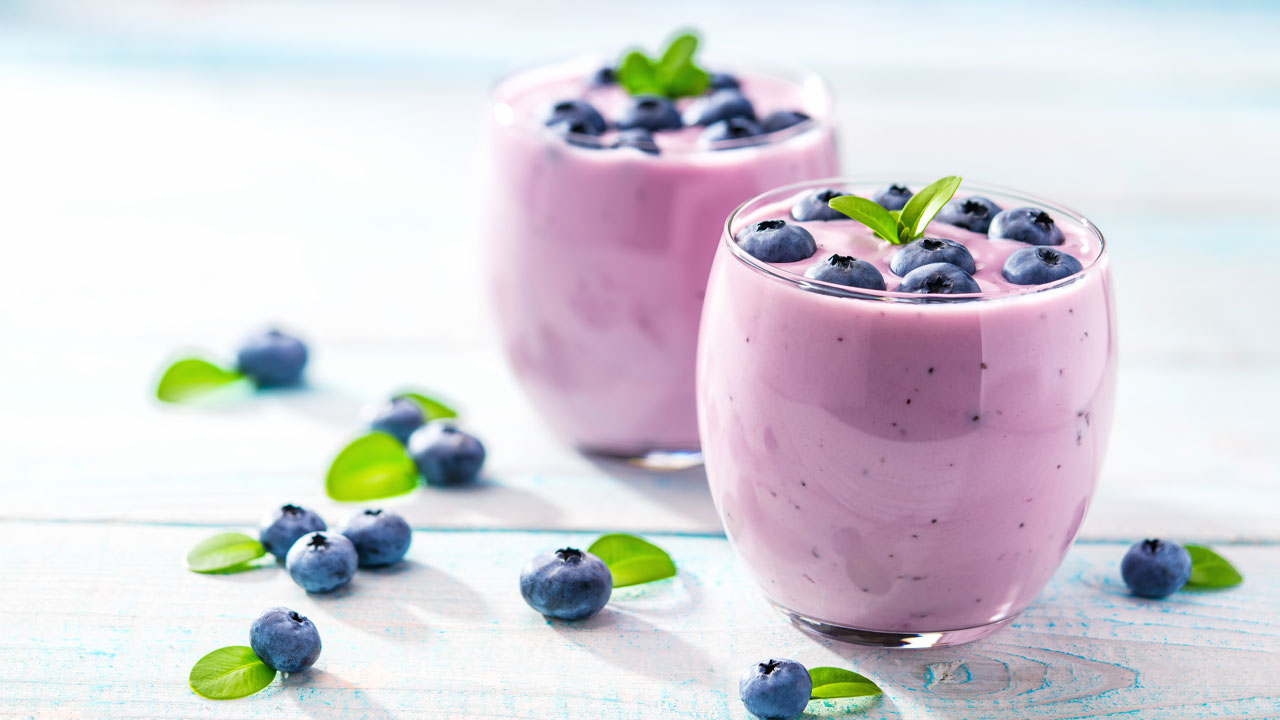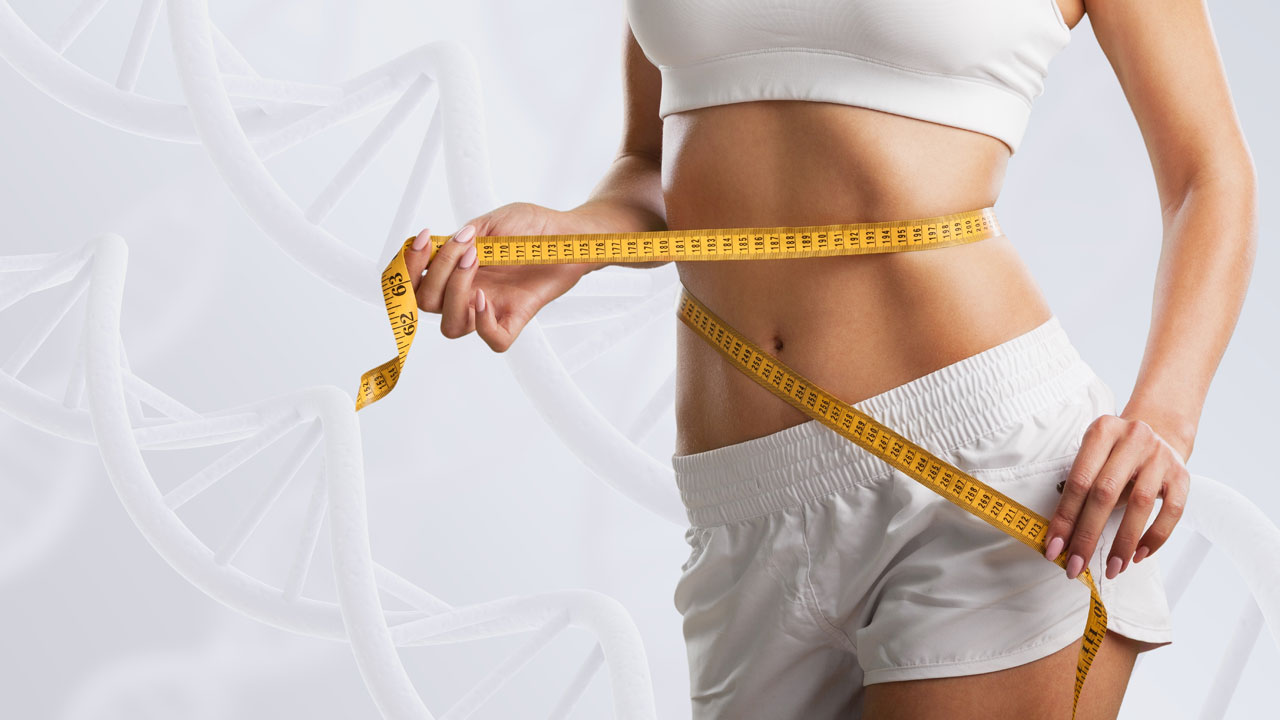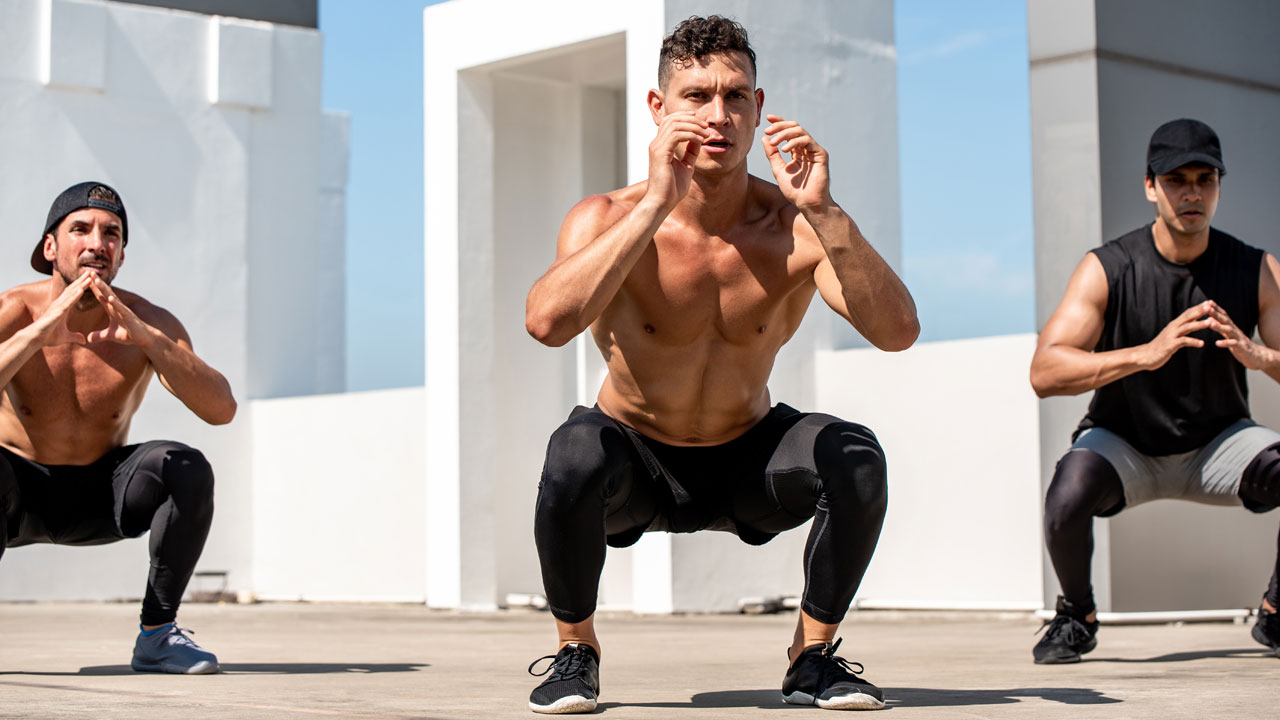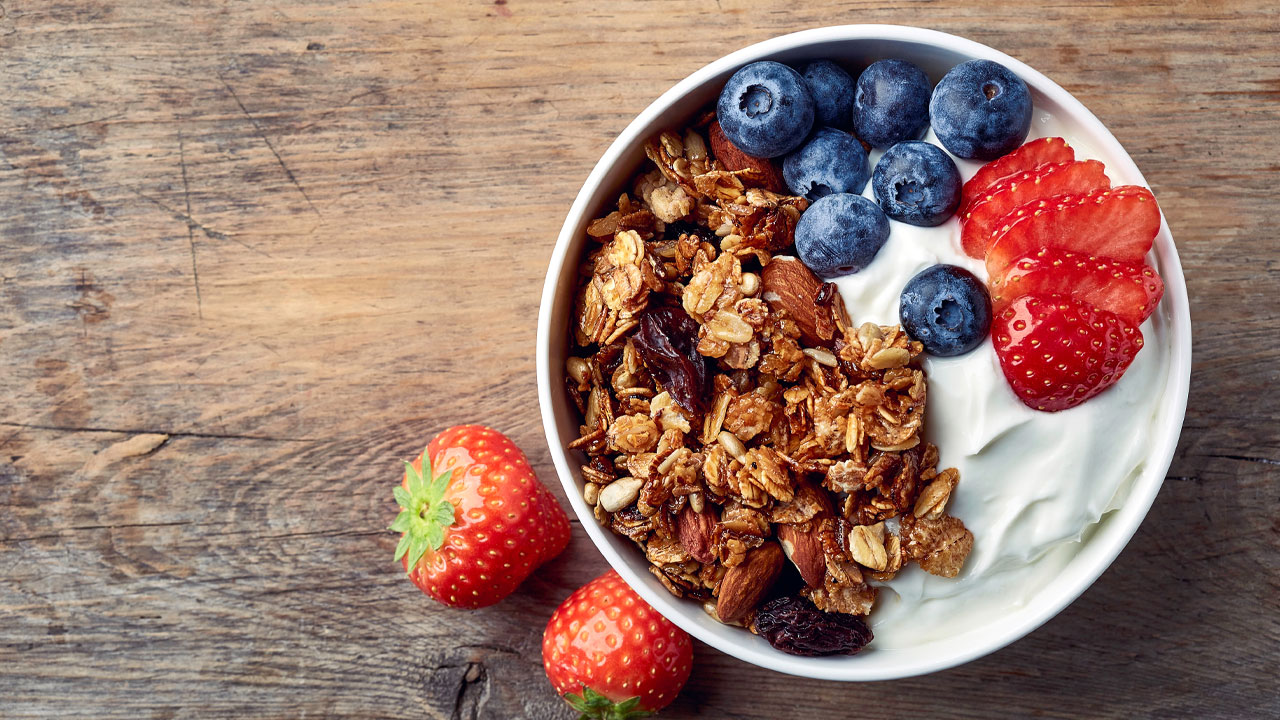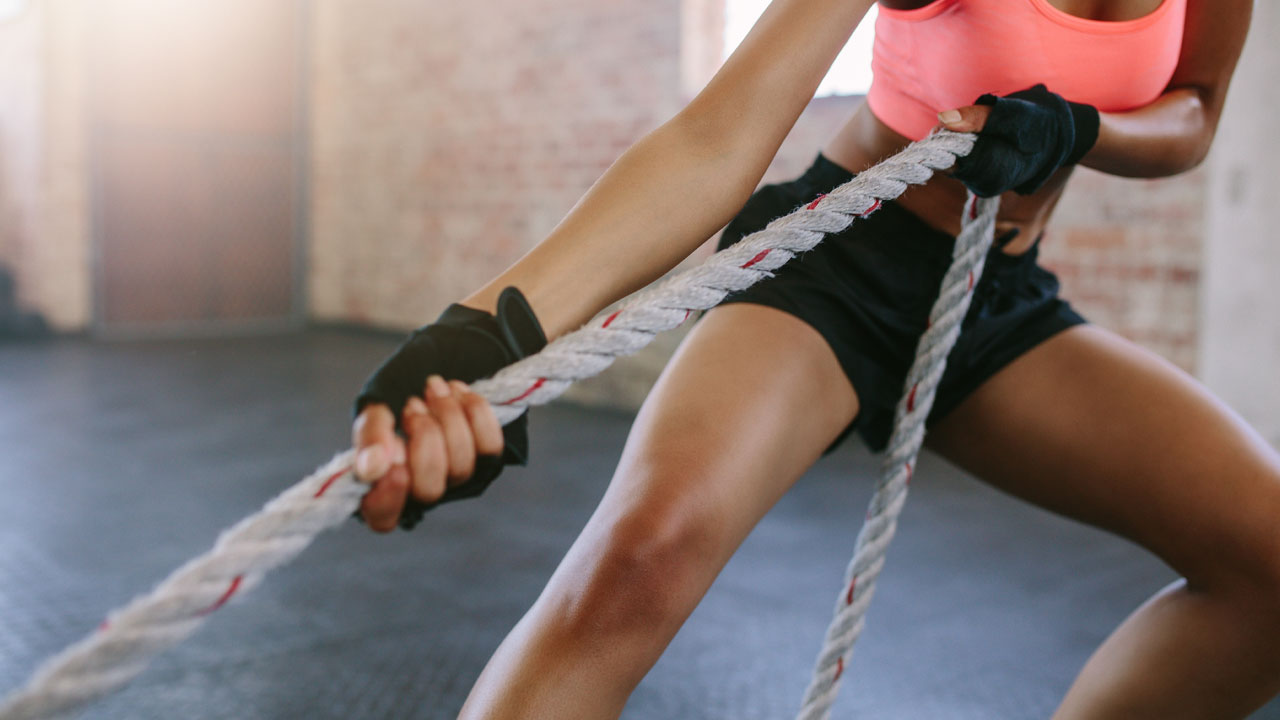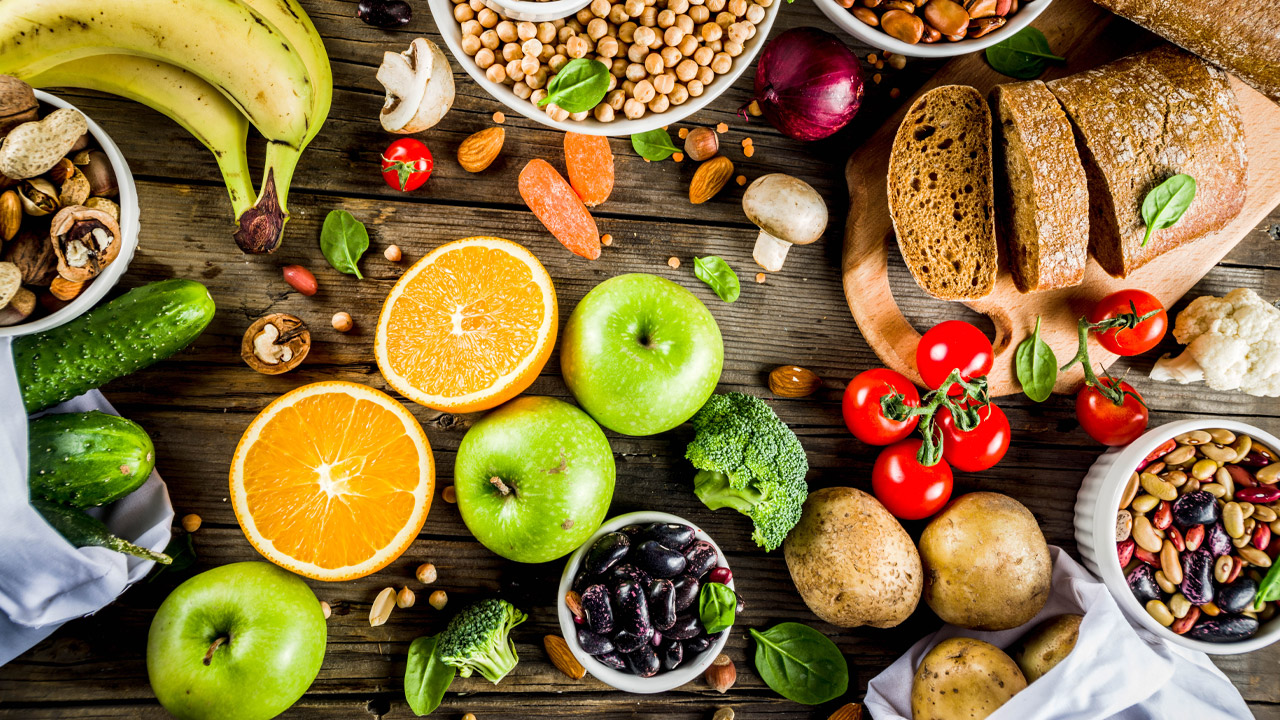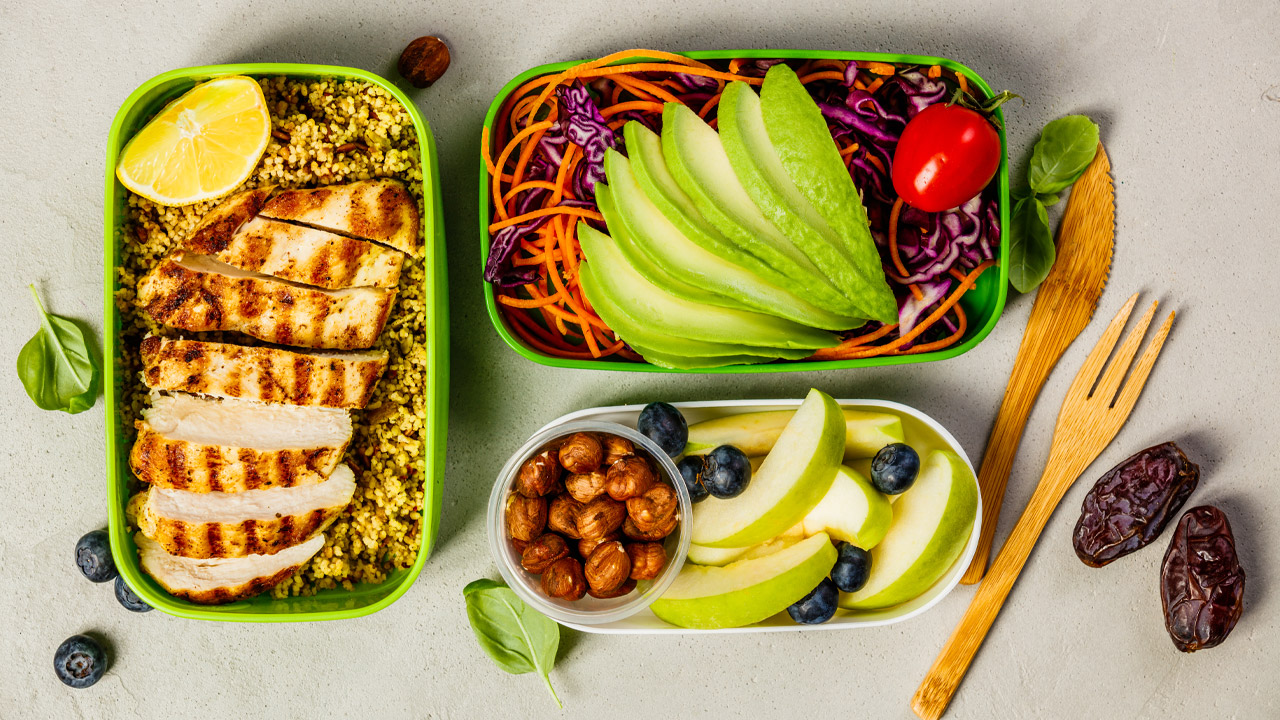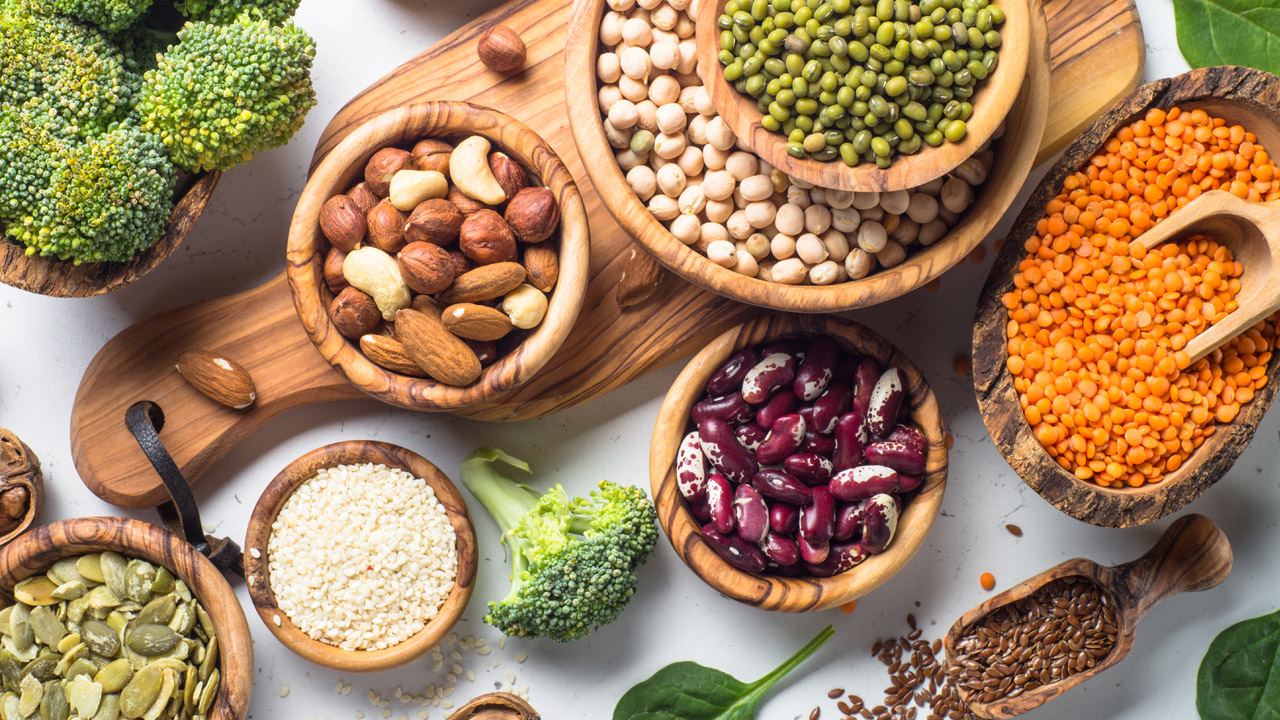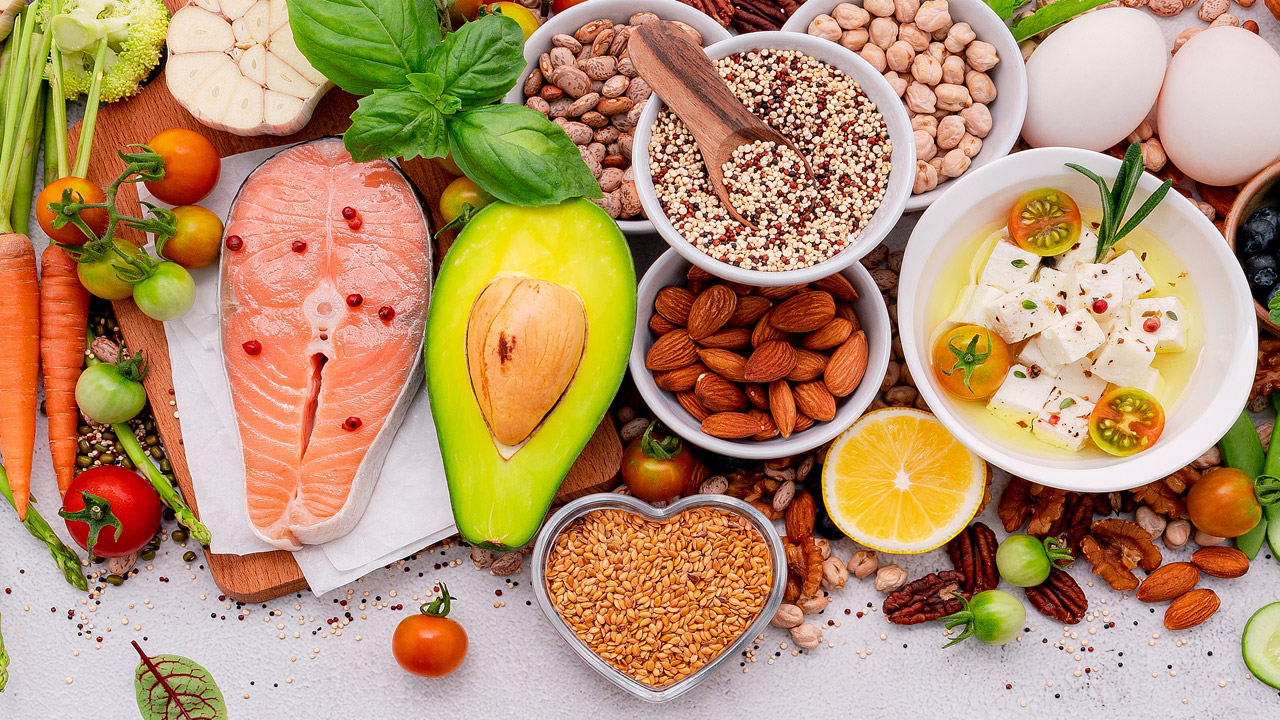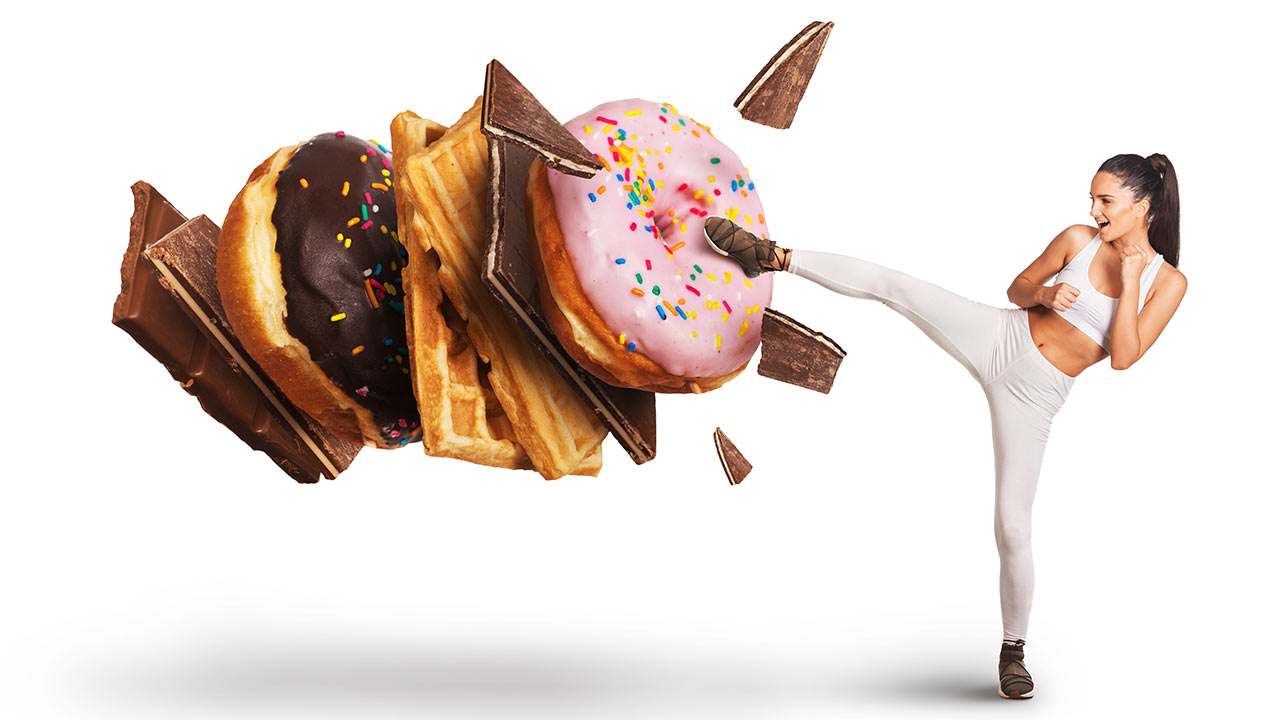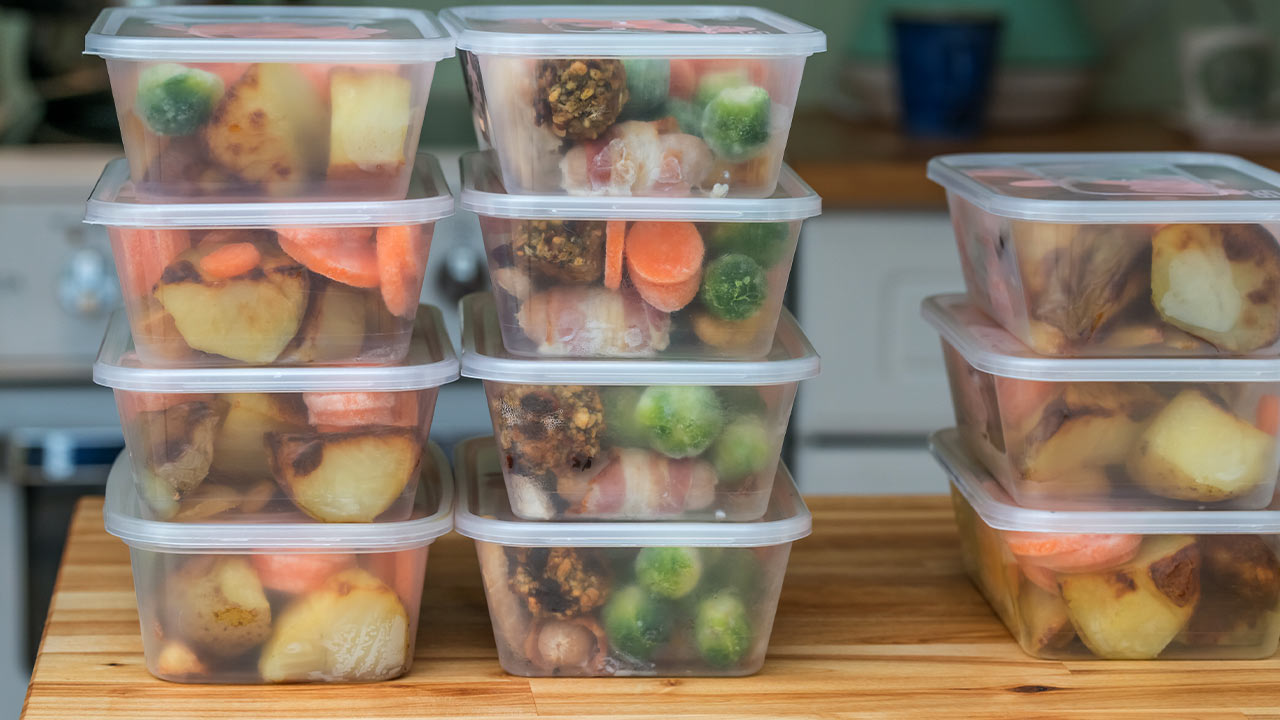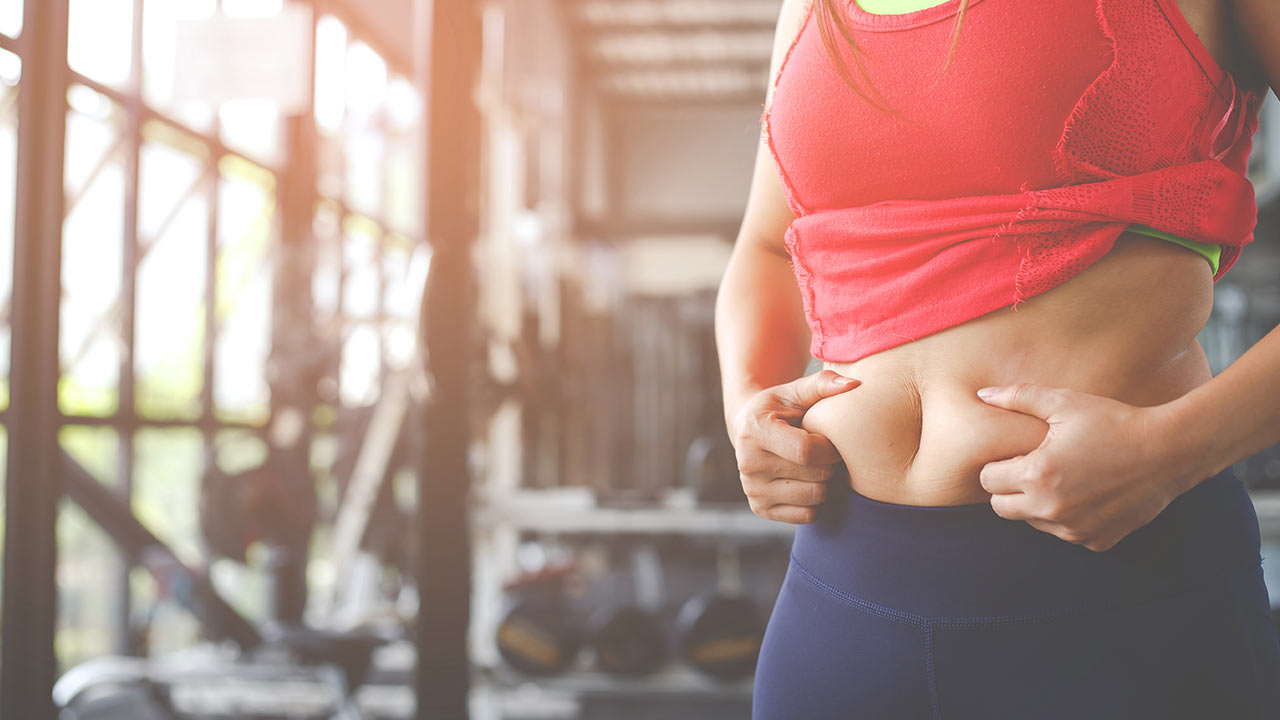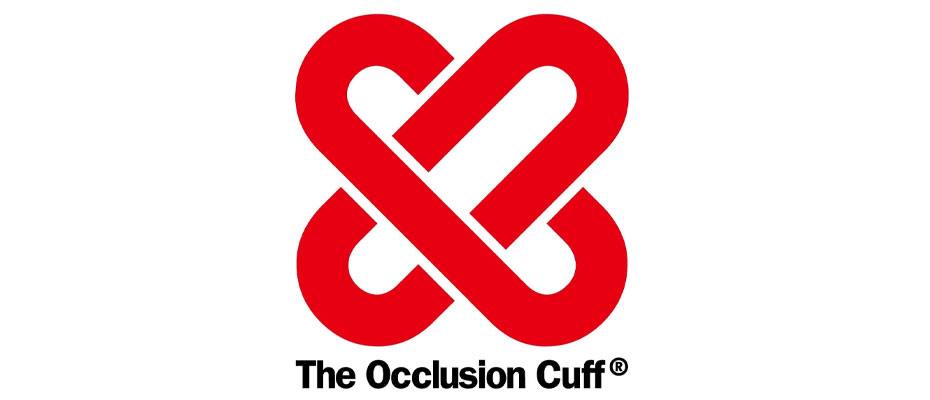Can Plant-based Diets Help Athletes Perform Better?
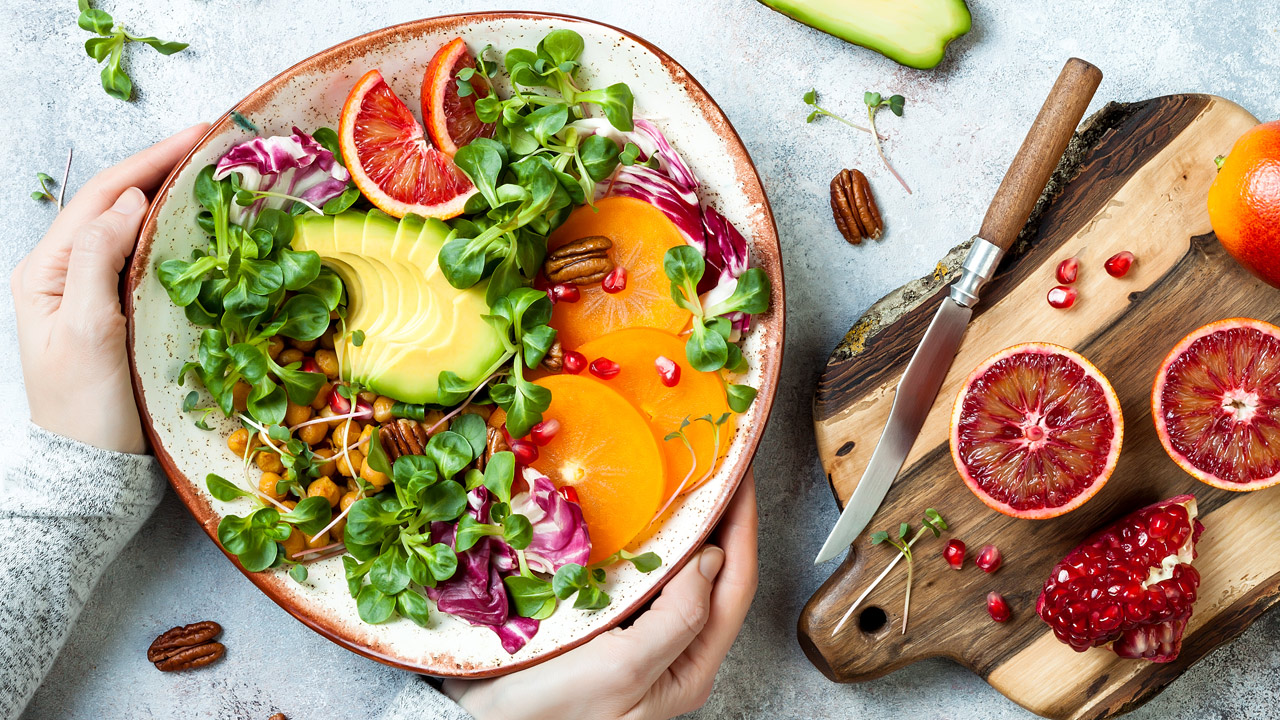
Hey Angels and Alphas,
In recent years, adopting a plant-based diet has become appealing to many athletes. However, taking on a completely new eating style involves drastic changes that should be done with slow and careful consideration. Your nutrition plan will affect every aspect of your life, from your health to your athletic performance, your mood and general lifestyle.
Today, we’re here to break down the pros and cons of plant-based eating and its relationship to an athlete’s lifestyle and performance.
THE PROs TO PLANT-BASED EATING
Lower overall calories. Meat lovers tend to eat more calories overall than plant-based dieters. Plants are more fibrous, provide more volume for less energy, and have higher water content. If you’re someone looking to reduce caloric intake so you can facilitate better weight loss results, this could actually be a good strategy.
It’s sustainable and eco-friendly. The food system in the United States is generally considered to not be sustainable. Meat production takes a massive amount of land, water, and fossil fuels compared to plant-food production. If you’re looking to put those health and taste preferences behind, giving up meat is actually a great way to make a positive impact on the planet and reduce your carbon footprint.
Cardiovascular health. Studies have shown that meat-eaters have a higher risk of all-cause mortality and this is especially true for heart conditions. You shouldn’t be fooled into thinking that just because you’re an athlete, this will remove any added health risks. Improved arterial function is a benefit of plant-based eating since it allows more blood and oxygen to flow to the working heart and the muscles, boosting performance and delaying fatigue.
Faster recovery. We’re not talking about muscle recovery here. Plant-based dieters have a higher antioxidant and phytonutrient intake than people who consume a lot of meat. Antioxidants help the body by clearing up free radicals, massive contributors to inflammation. Excessive exercise, poor sleep, and a high intake of simple sugars are all variables that contribute to inflammation. You can combat this via dietary antioxidants that help you recover more quickly and come back better for your next workout.
More healthy carbs. Animal foods are largely limited in carbohydrates while most plants are abundant in them. Relying on protein sources that don’t come from animals should technically increase overall carb intakes. In men, it has been shown that increased carbohydrate intake improves performance in endurance tasks.
THE CONs to GIVING UP MEAT
Nutrient deficiencies. There’s a large variation in the different styles of plant-based eating. Ovo-lacto vegetarians, vegans, pescatarians, etc. Research has shown that the most nutrient-dense group are the pescatarians, the vegetarians who eat fish.
Strict vegans are highly likely to be deficient in minerals such as iron and vitamin B12. These two nutrients are vital to an athlete’s body. Iron is a compound found in red blood cells that carries oxygen throughout your body, and B12 is crucial to fatty acid metabolism and the proper functioning of the nervous system.
Although you can find iron in plants, it’s not absorbed as efficiently from plants as the iron found in animal products. You’ll have to eat much, much higher quantities of iron-rich plant foods just to meet your needs. B12 is found in animal products and absent in plants.
Compliance. Taking on the plant-based eating lifestyle can be hard to plan for, shop for, and execute on a busy schedule. Athletes already deal with high amounts of stress on the daily, fitting in a demanding training schedule inside their work-family life. When you put strict dietary restraints on that, it can be easy to set yourself up for failure.
Plant-based eating can be masked disordered eating. Athletes are usually at a high risk for disordered eating and big dietary restrictions in the hopes of achieving the perfect body and performance. Adopting a plant-based diet can sometimes be a fixation that stems from wanting to eat “clean” and can be used to mask disordered eating habits. Always be honest with yourself about why you’re going plant-based and remember you have to meet your body’s demands for energy and nutrients.
THE BOTTOM LINE…
As with anything, there are plenty of benefits and plenty of disadvantages to eating a plant-based diet for performance and health. In the end, your choices will determine how healthy this eating style is for you. A vegan diet can include many non-nutritive foods (like chips and oreos,) which aren’t inherently healthy at all.
Vegetarians who choose to include dairy, fish, eggs, and other similar foods have the healthiest reported intake all around. So you should always try that approach first and see how it works out for you, your body, your stress levels, and your lifestyle.
If you’re an athlete trying to maximize your performance, you should already be working with a sports dietitian to determine the best eating plan for your needs, so don’t forget to check in with them, as well.

